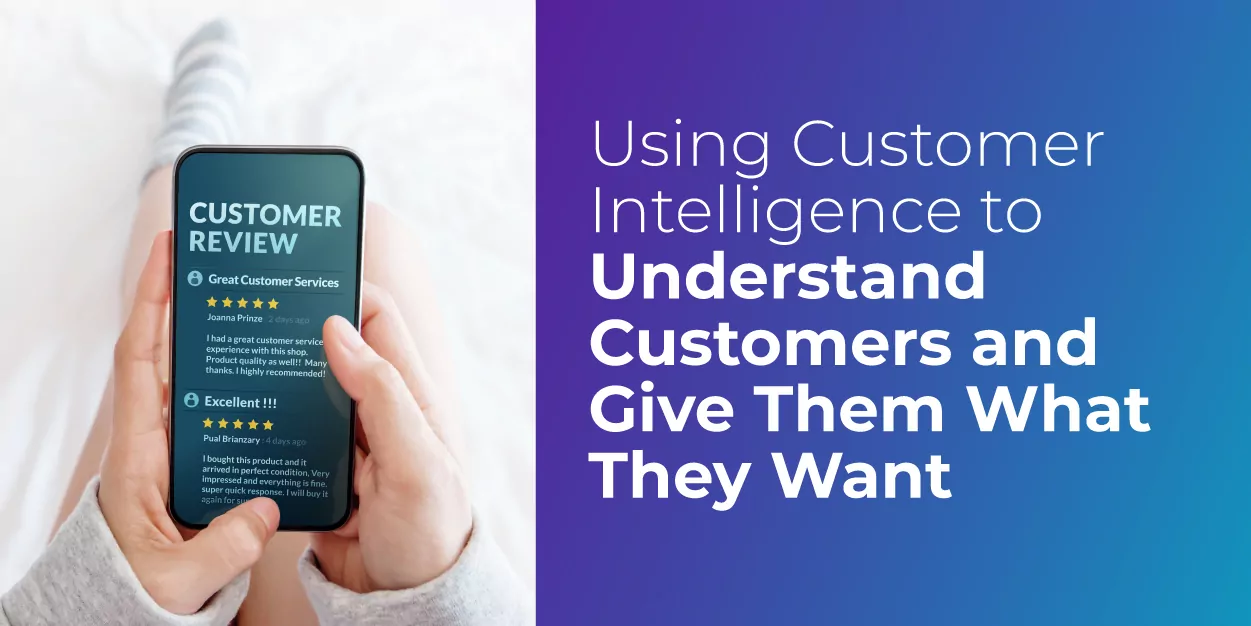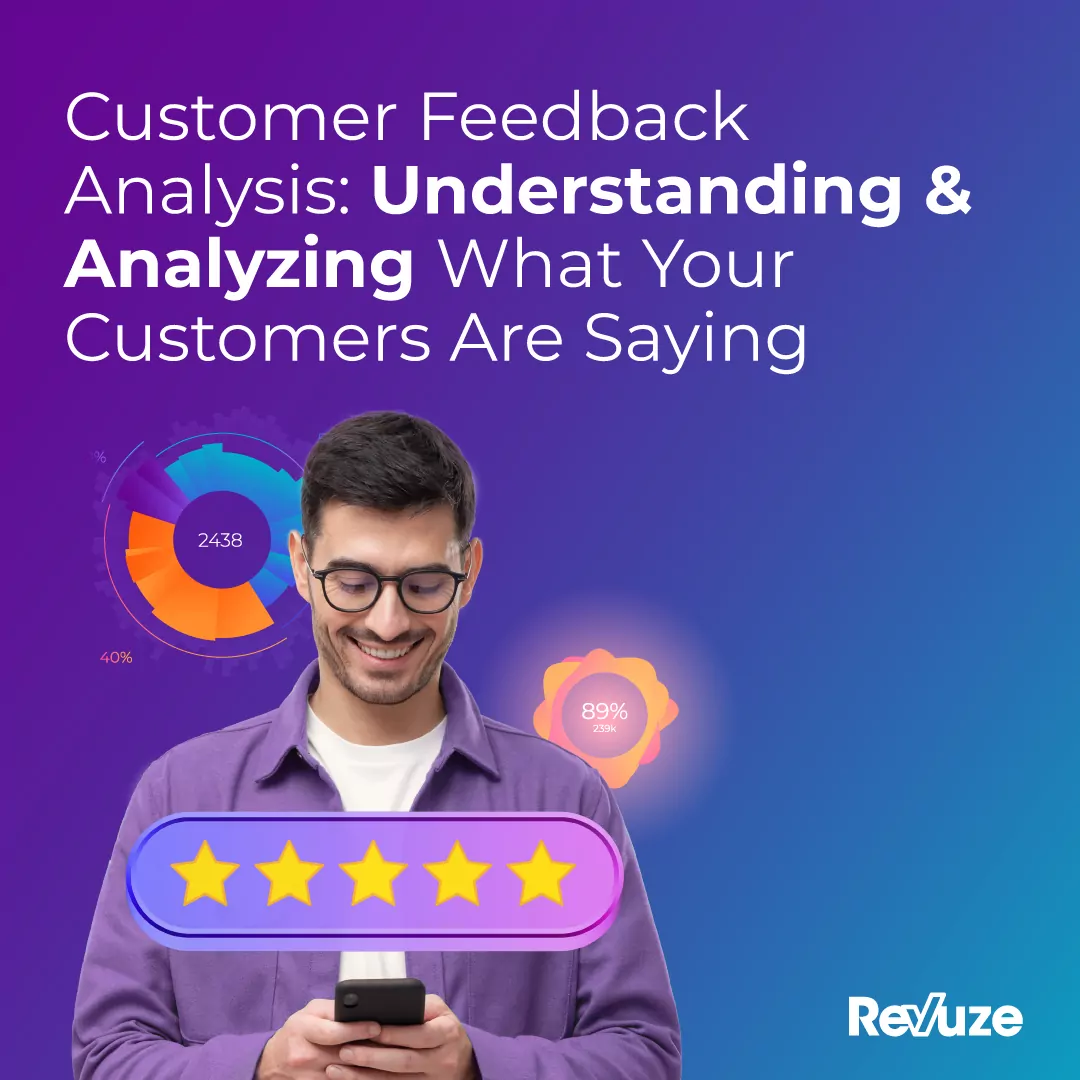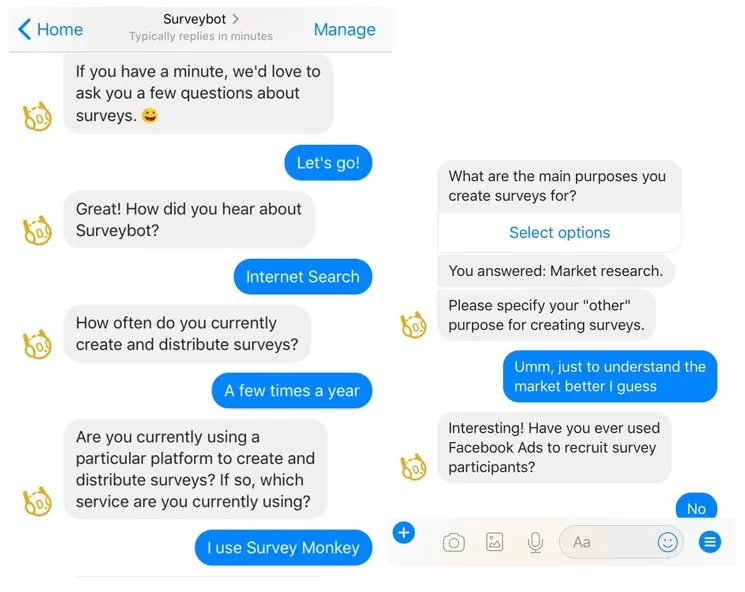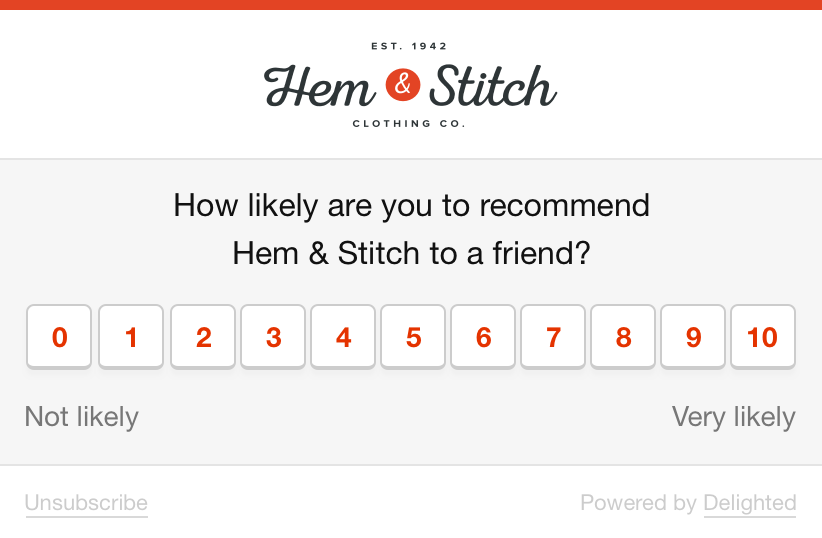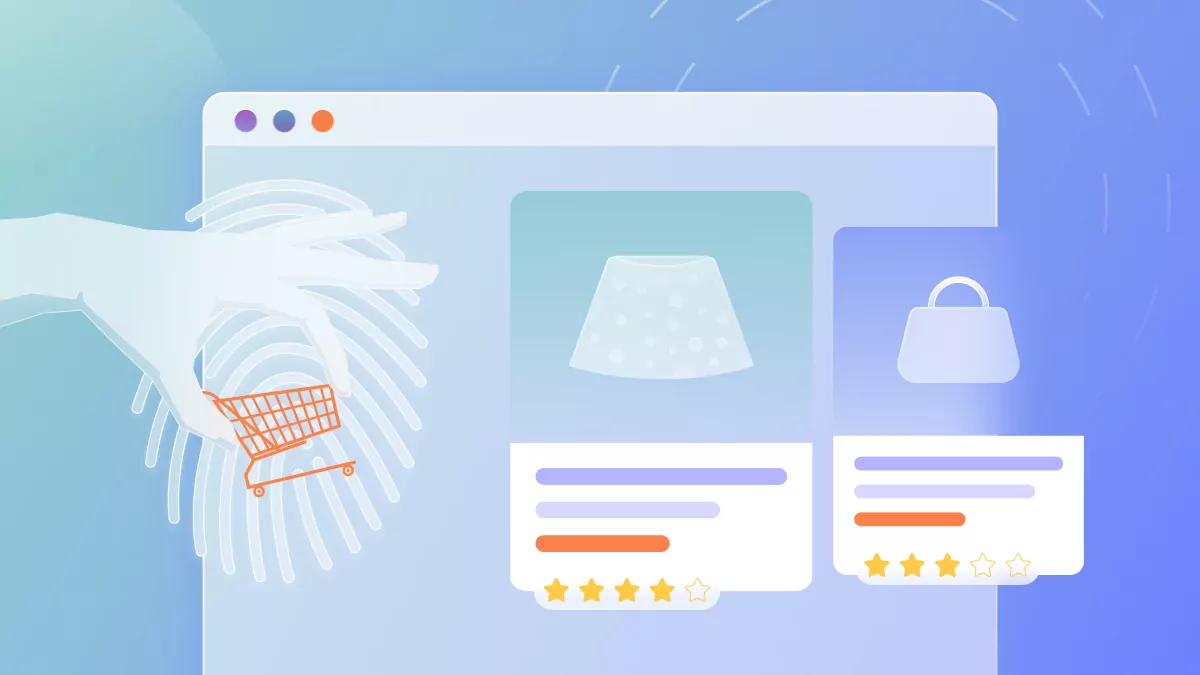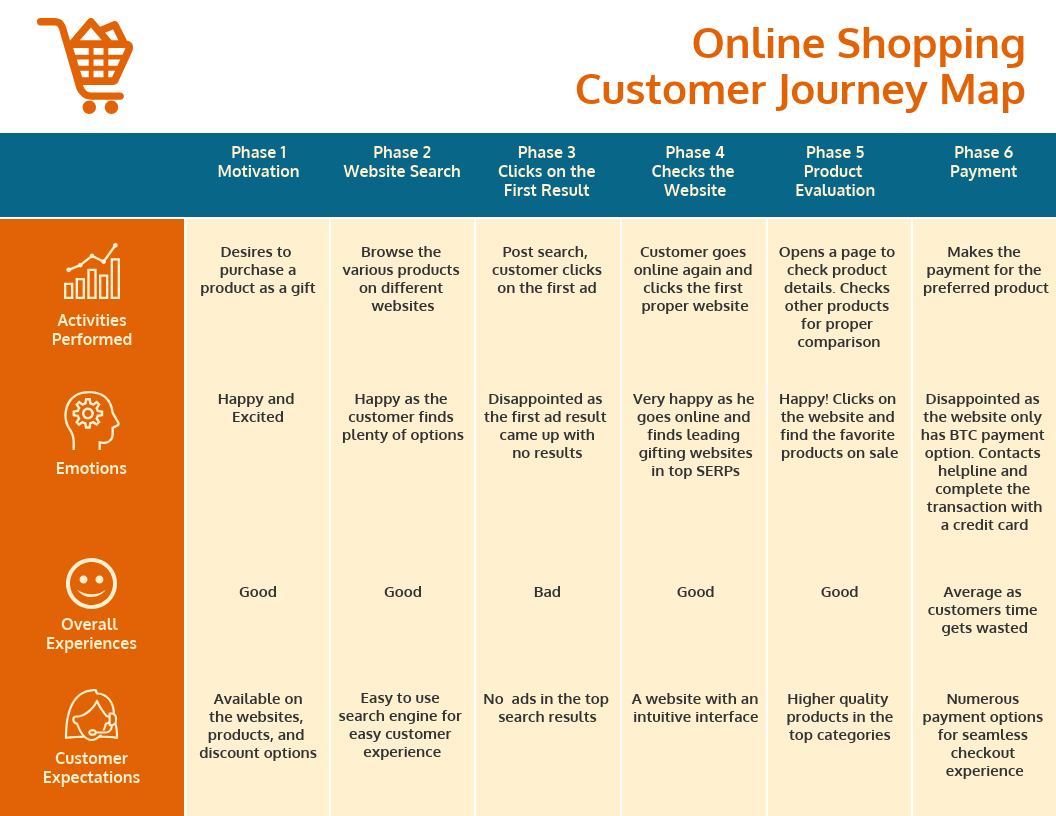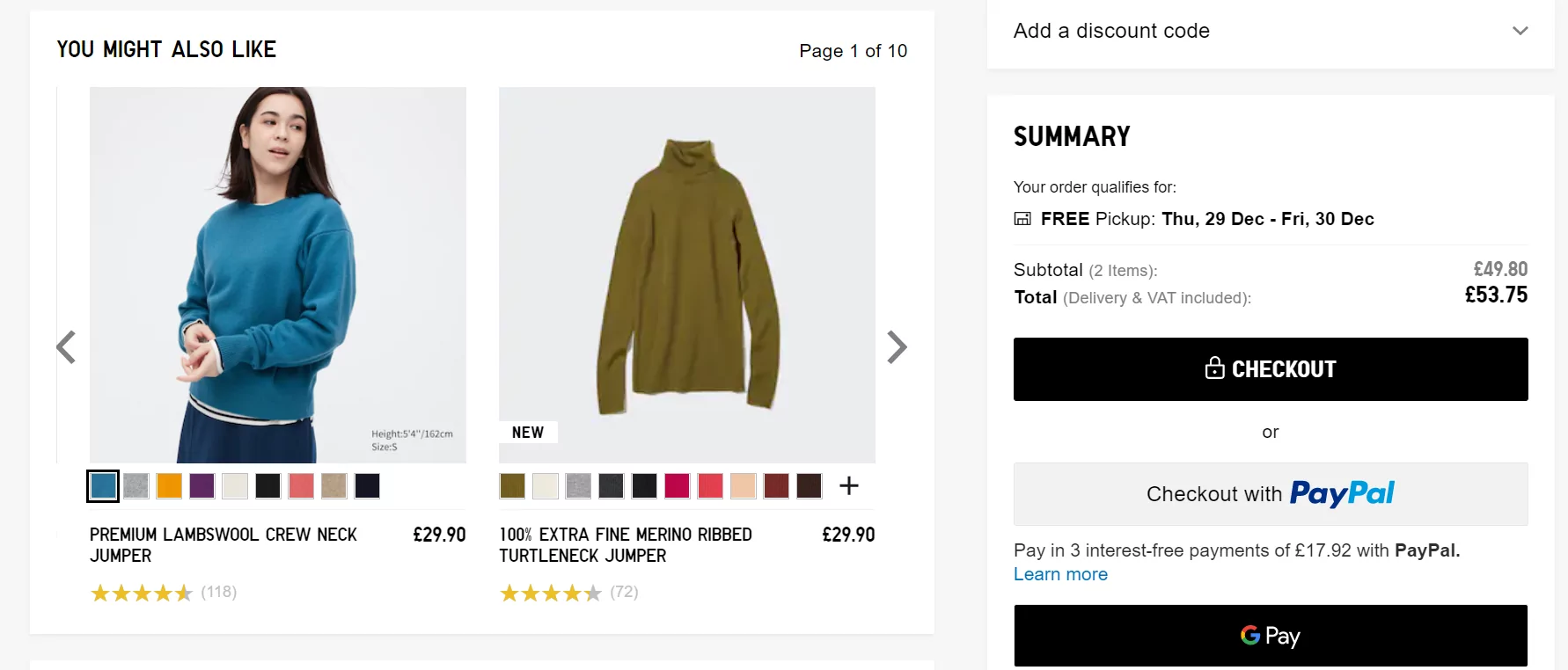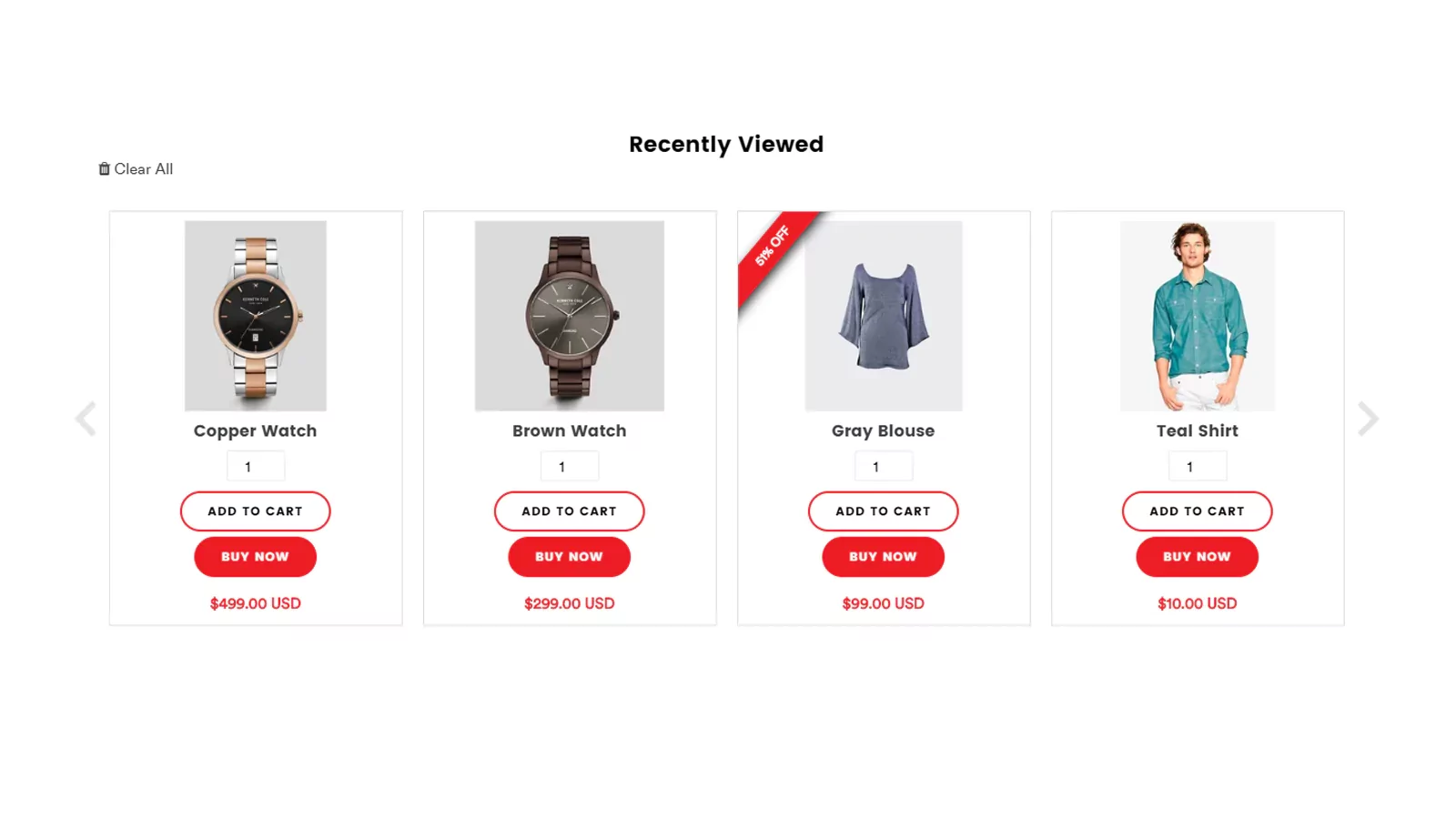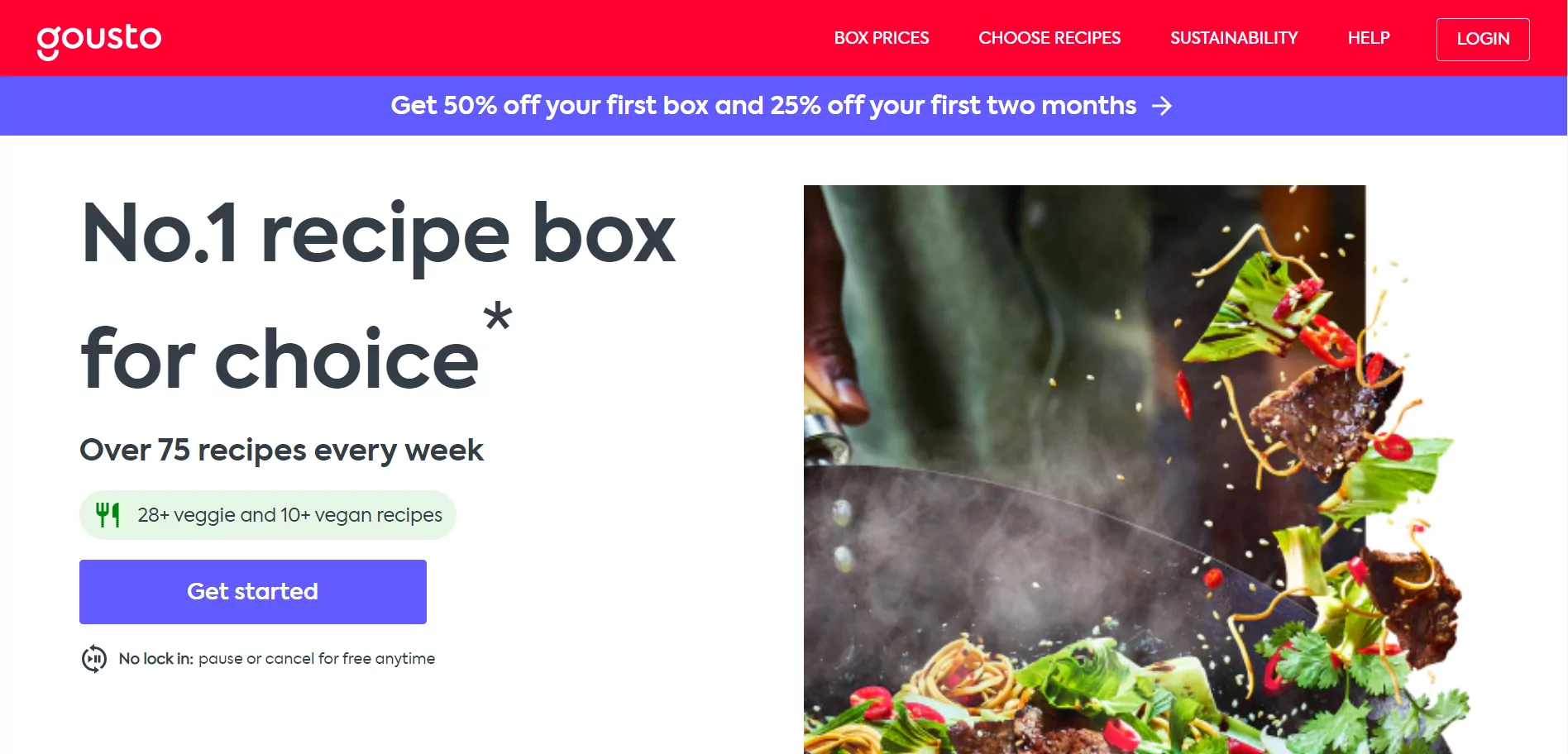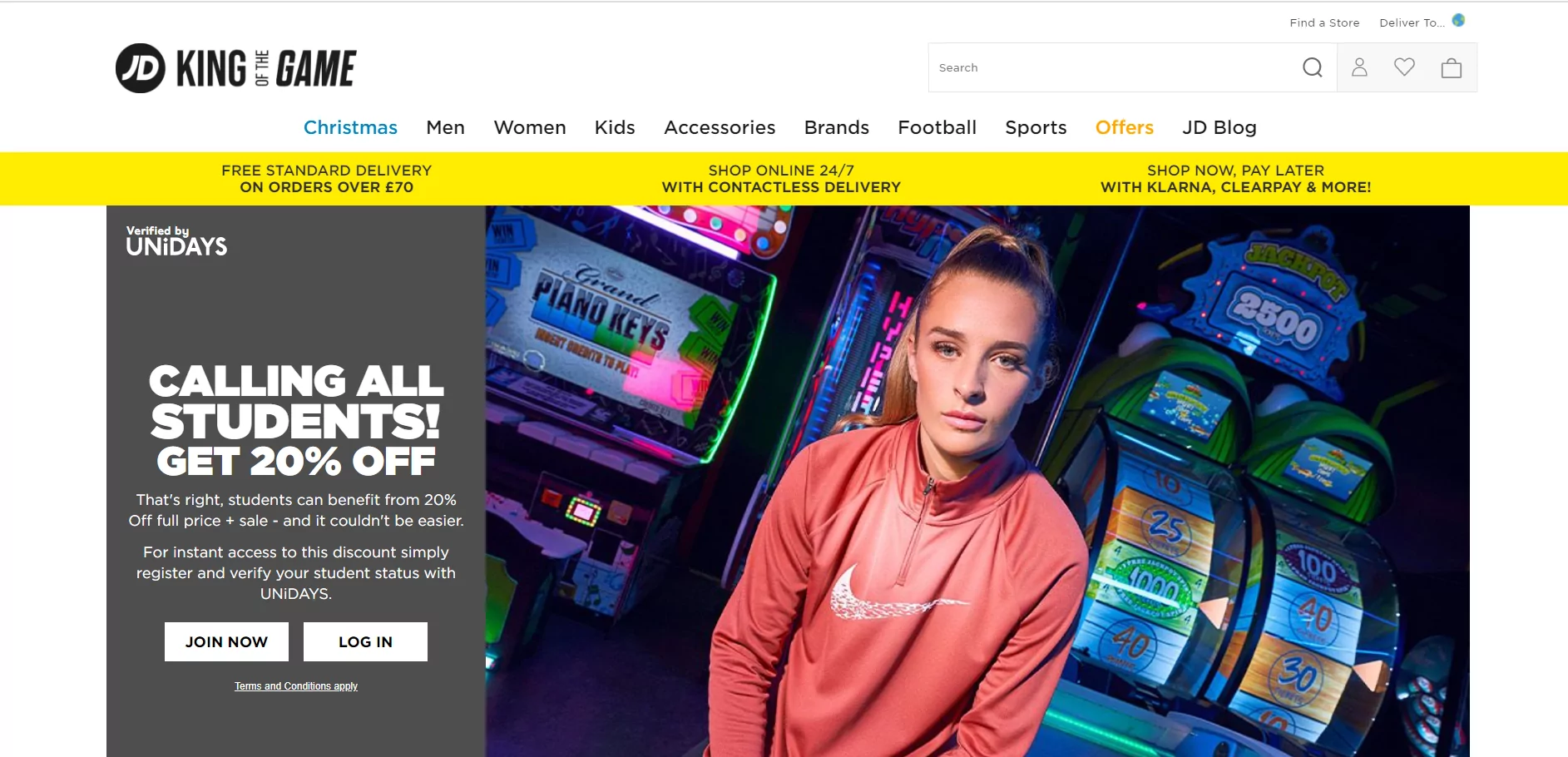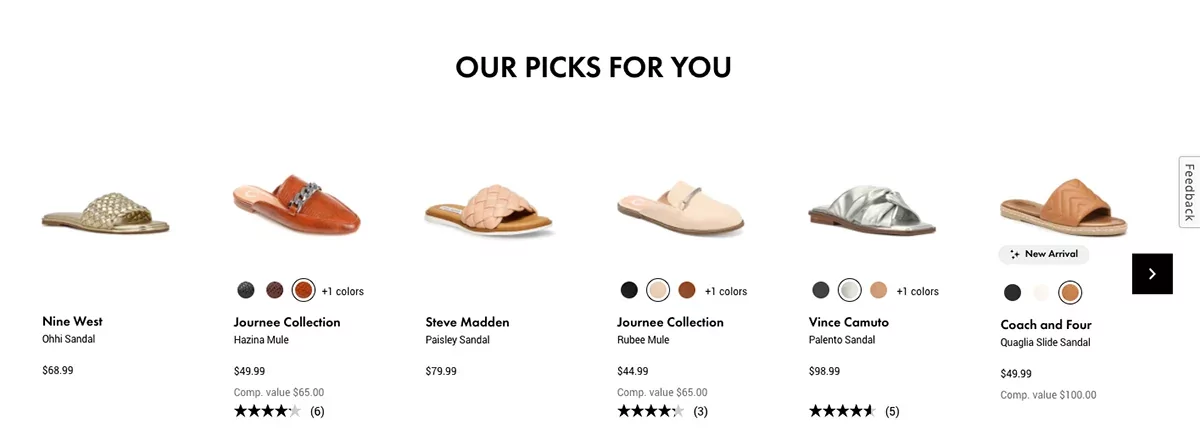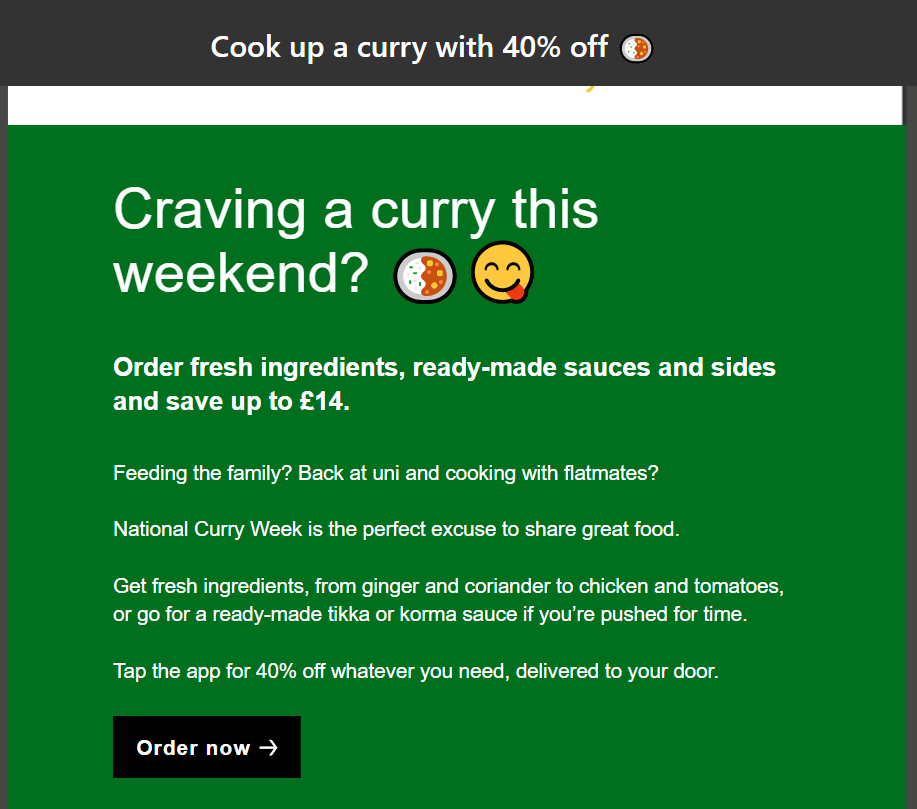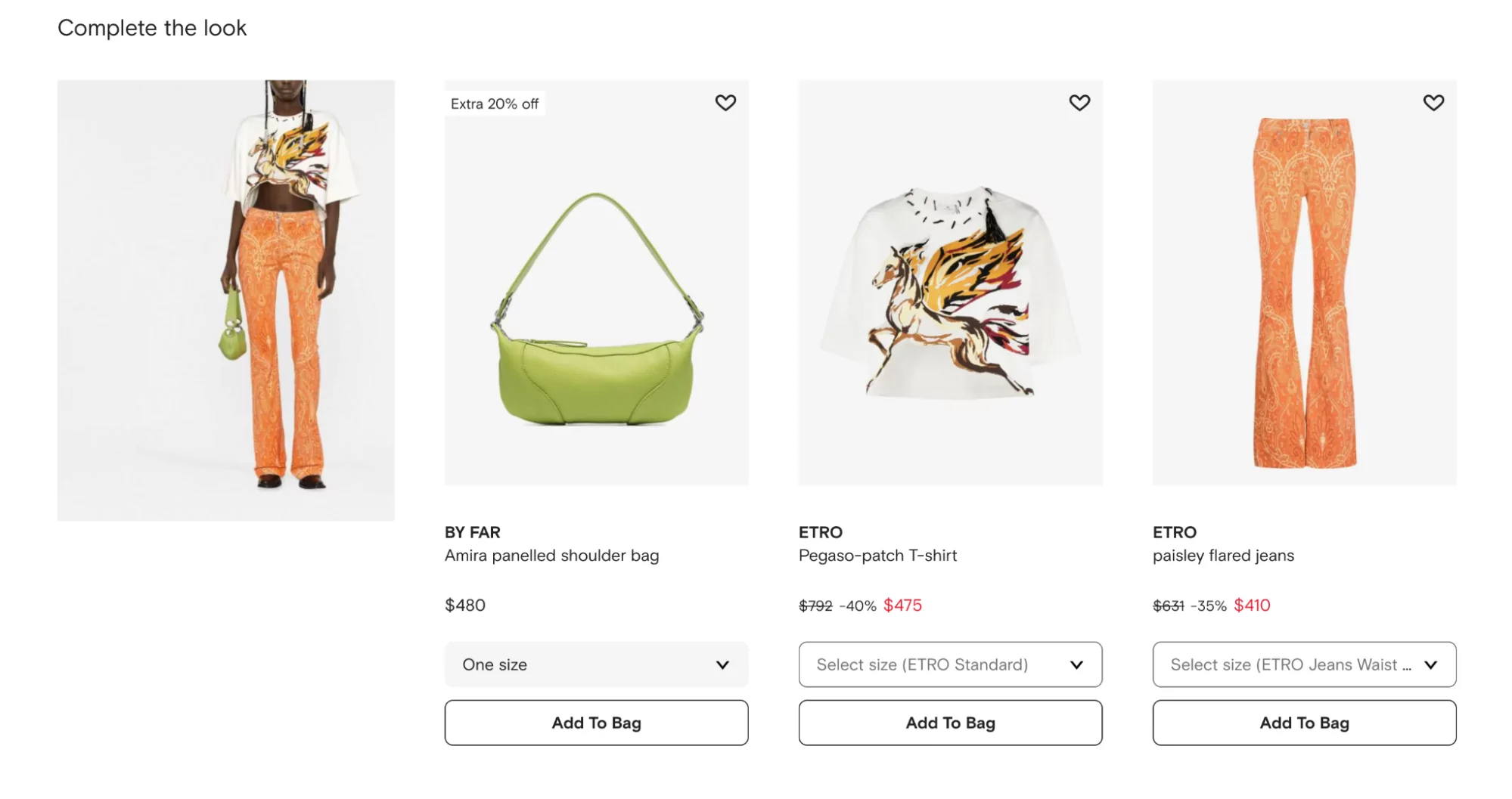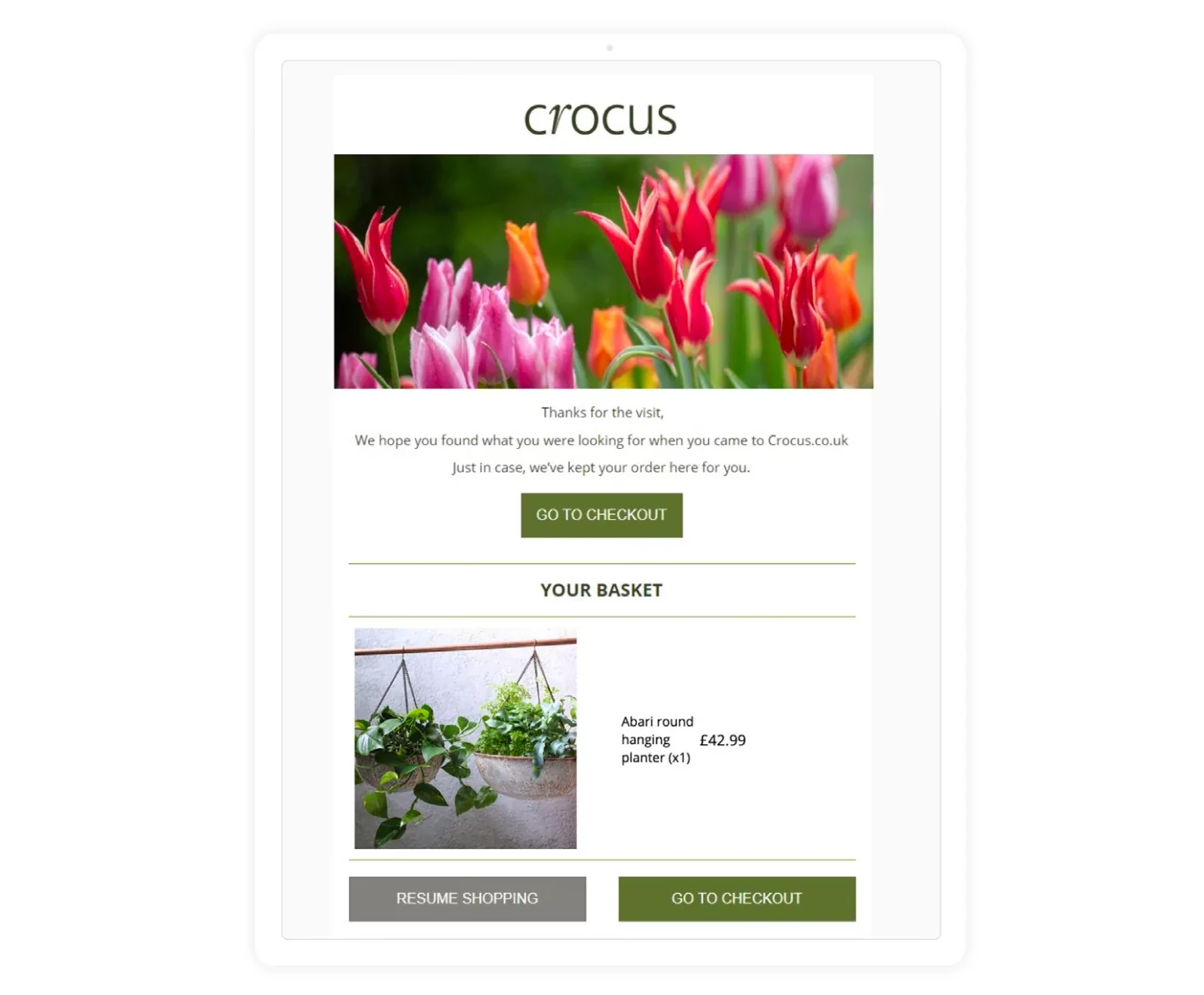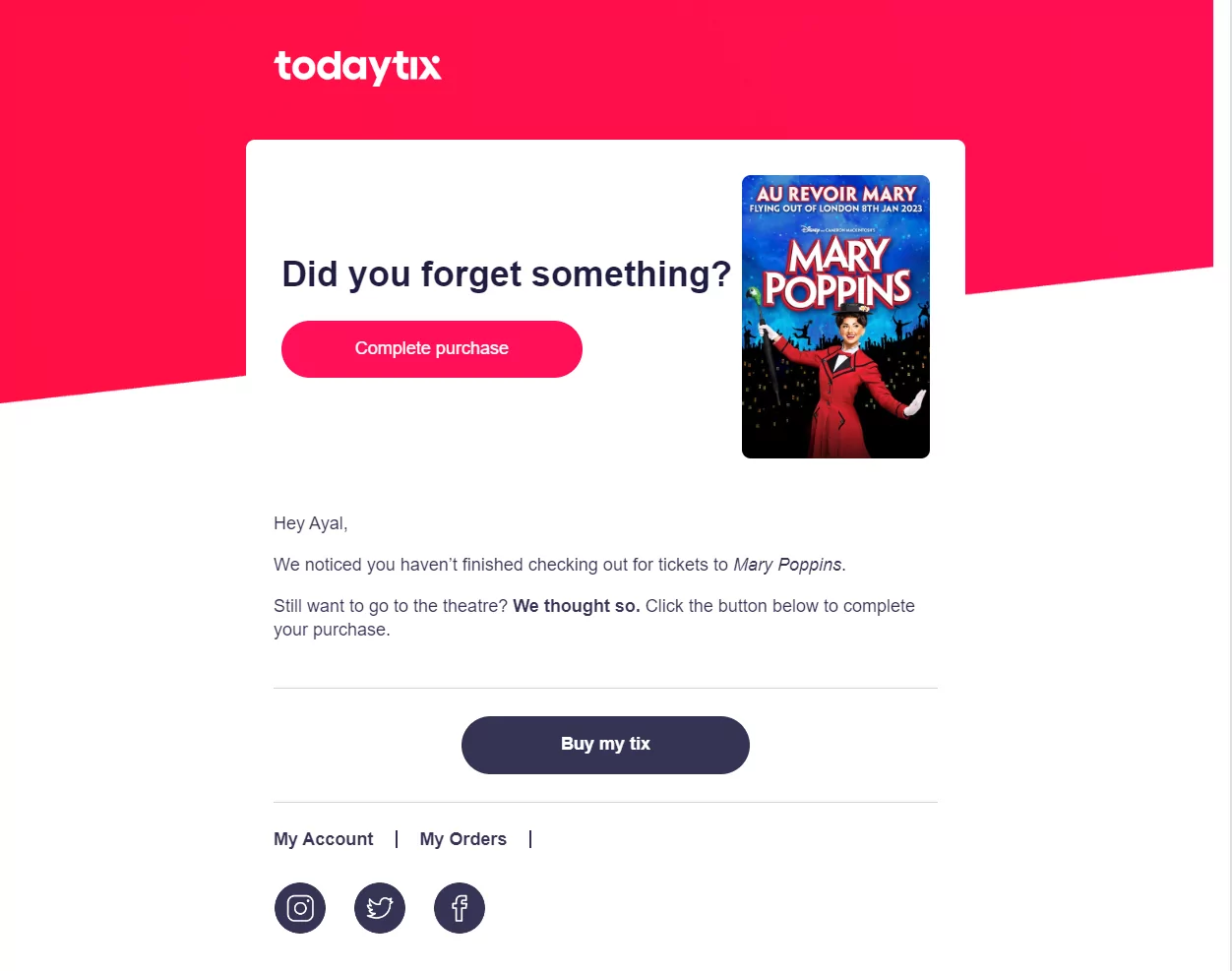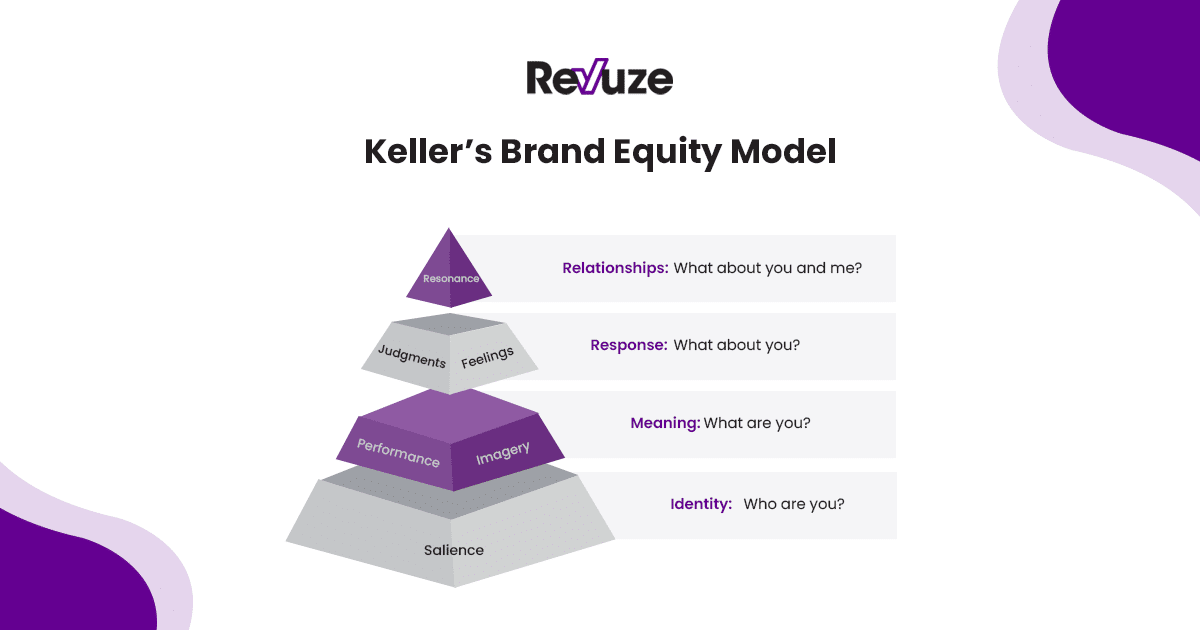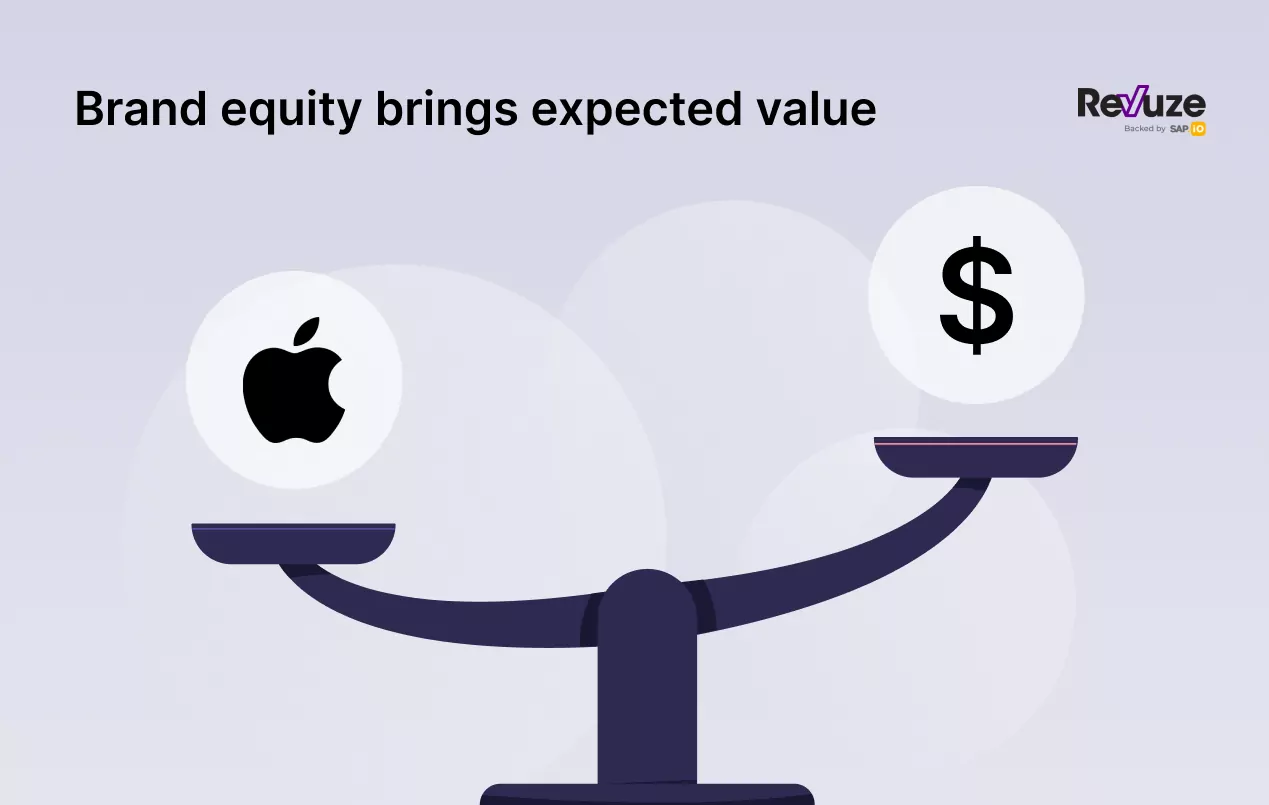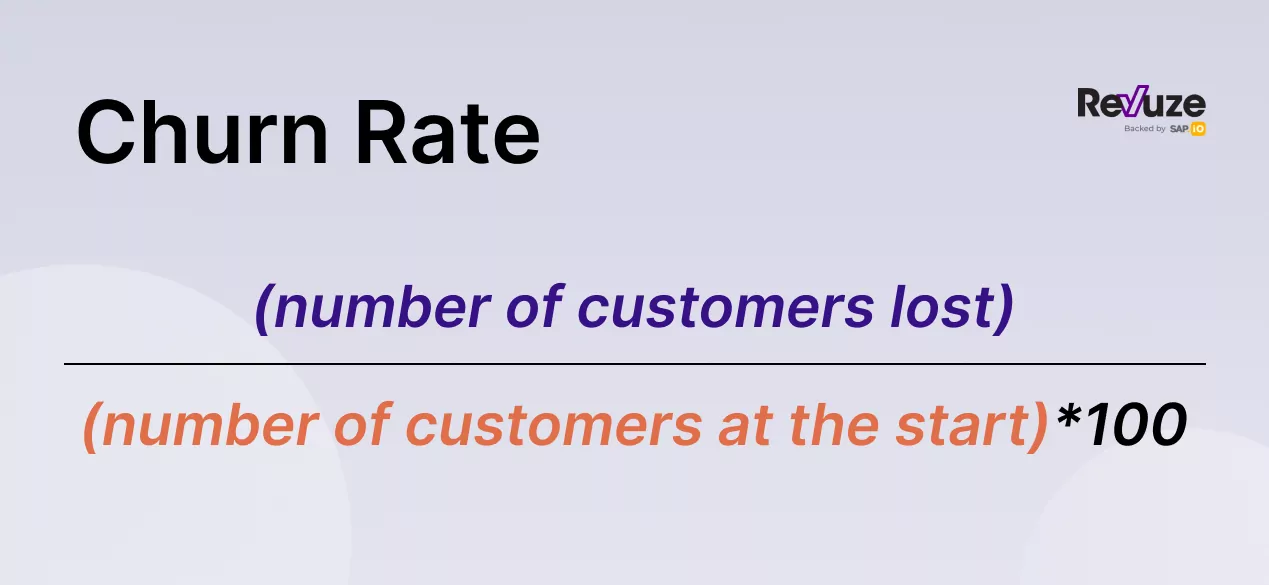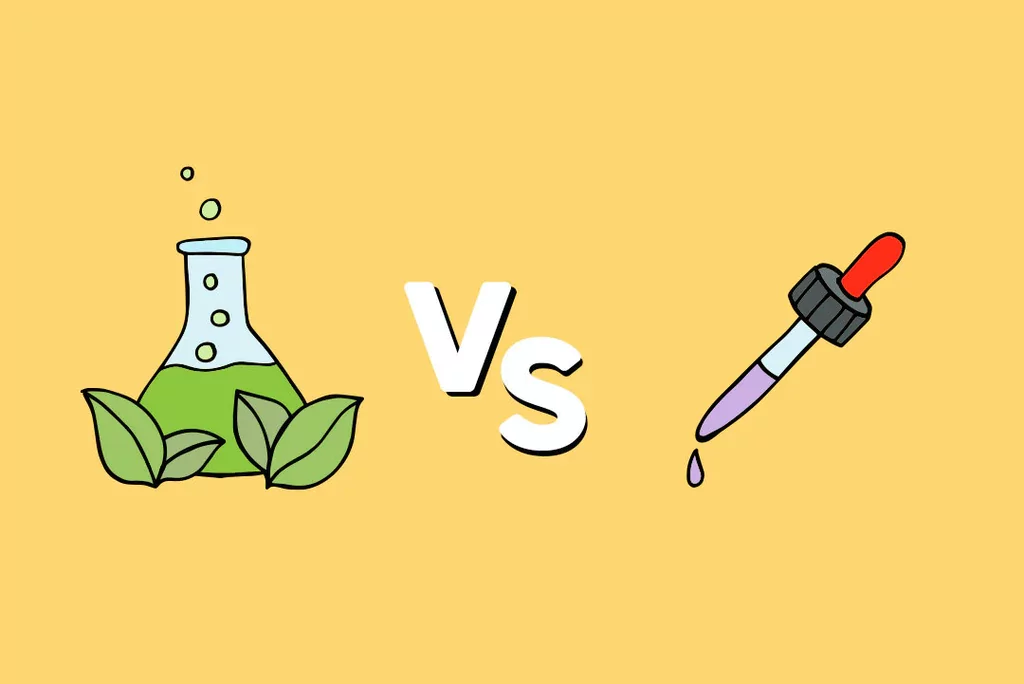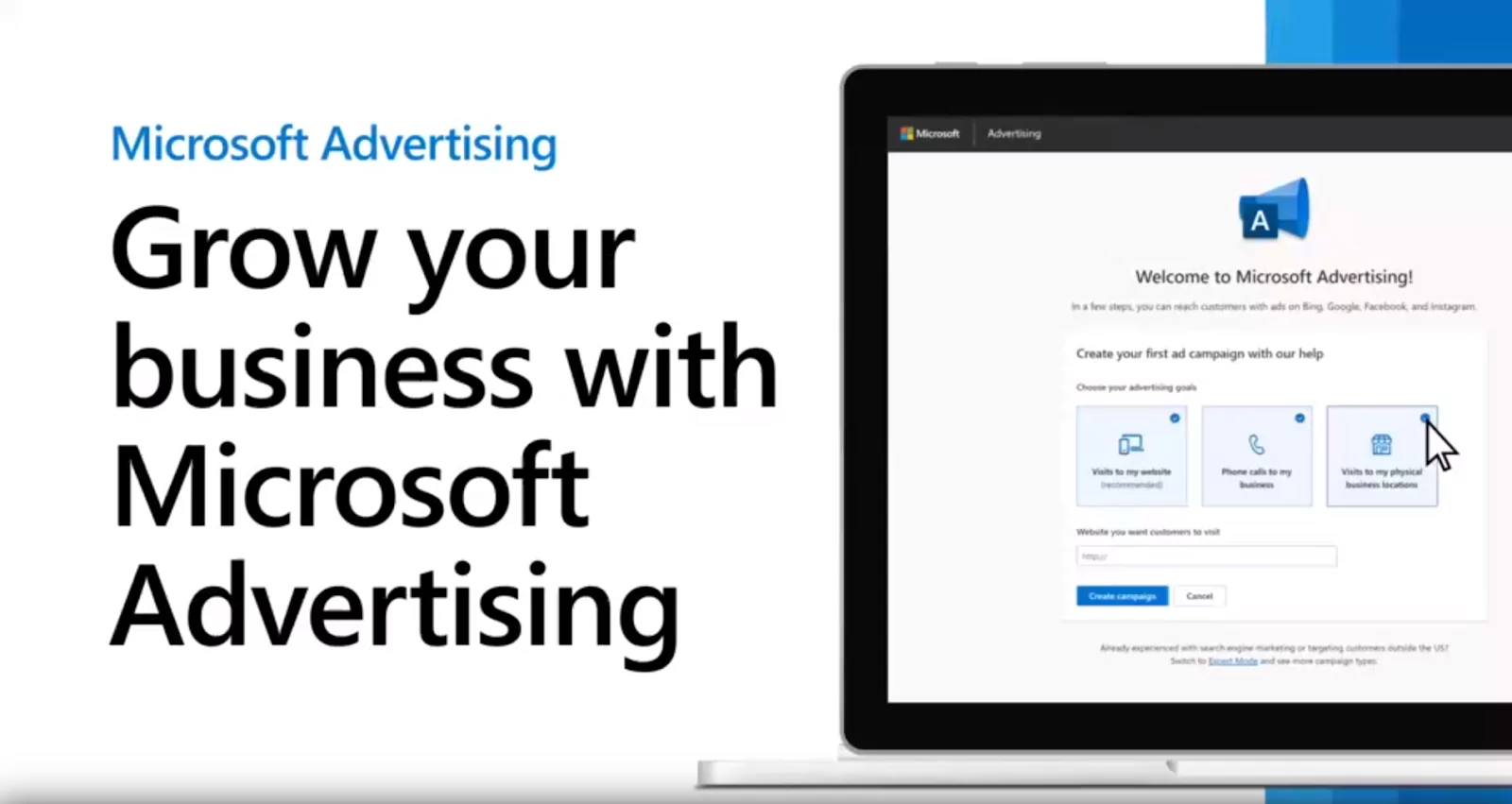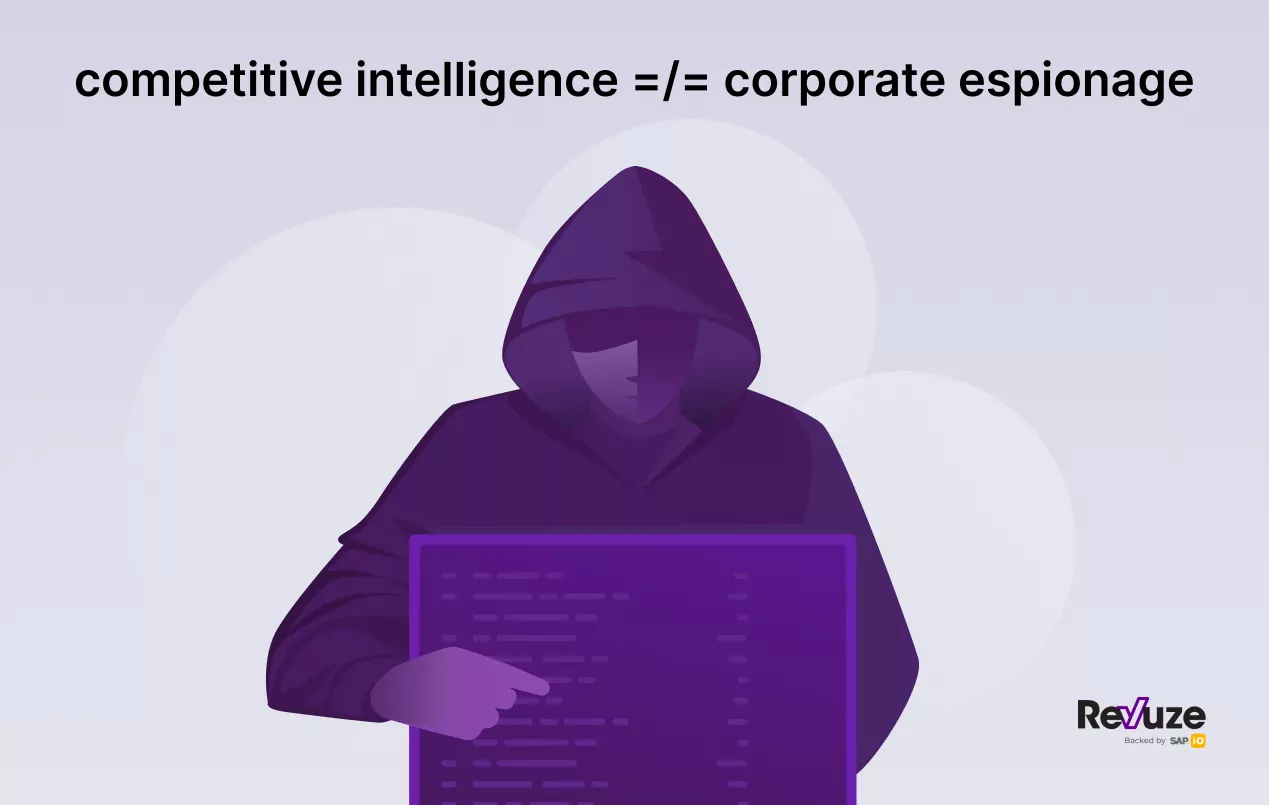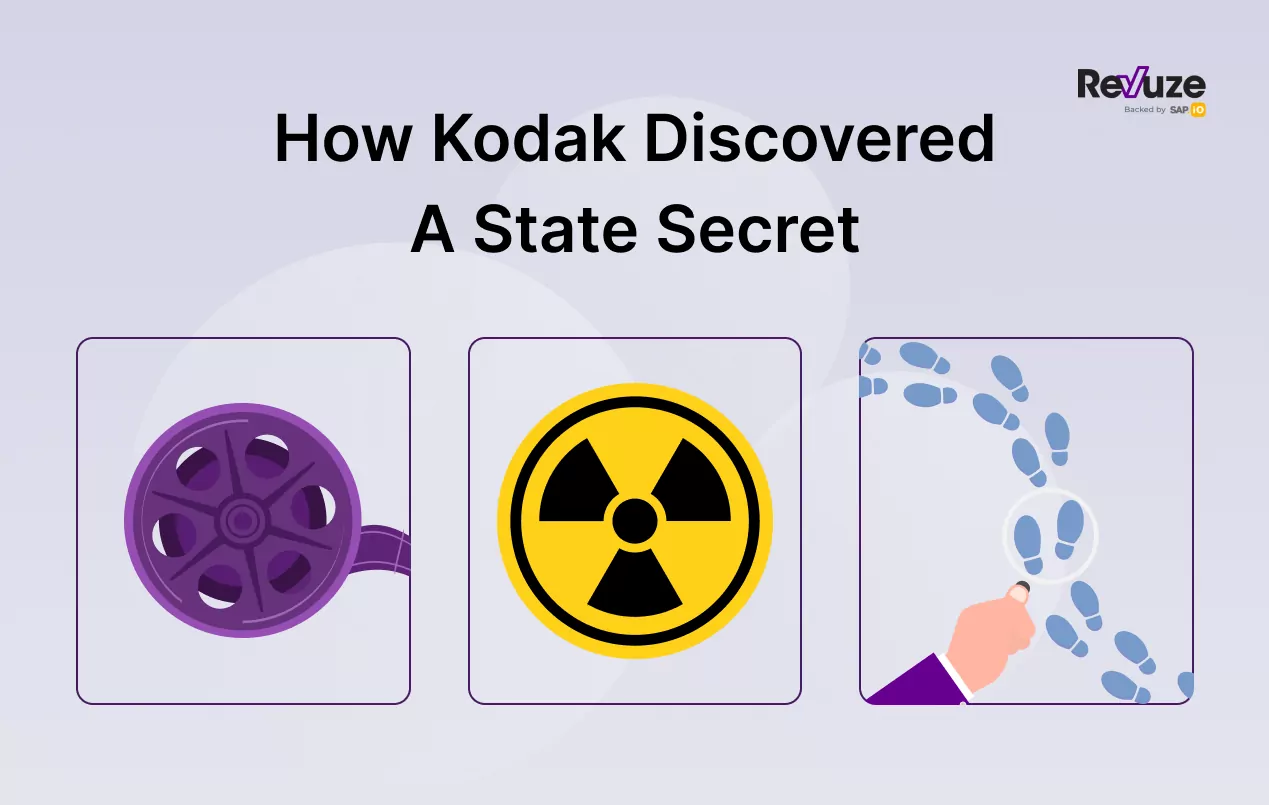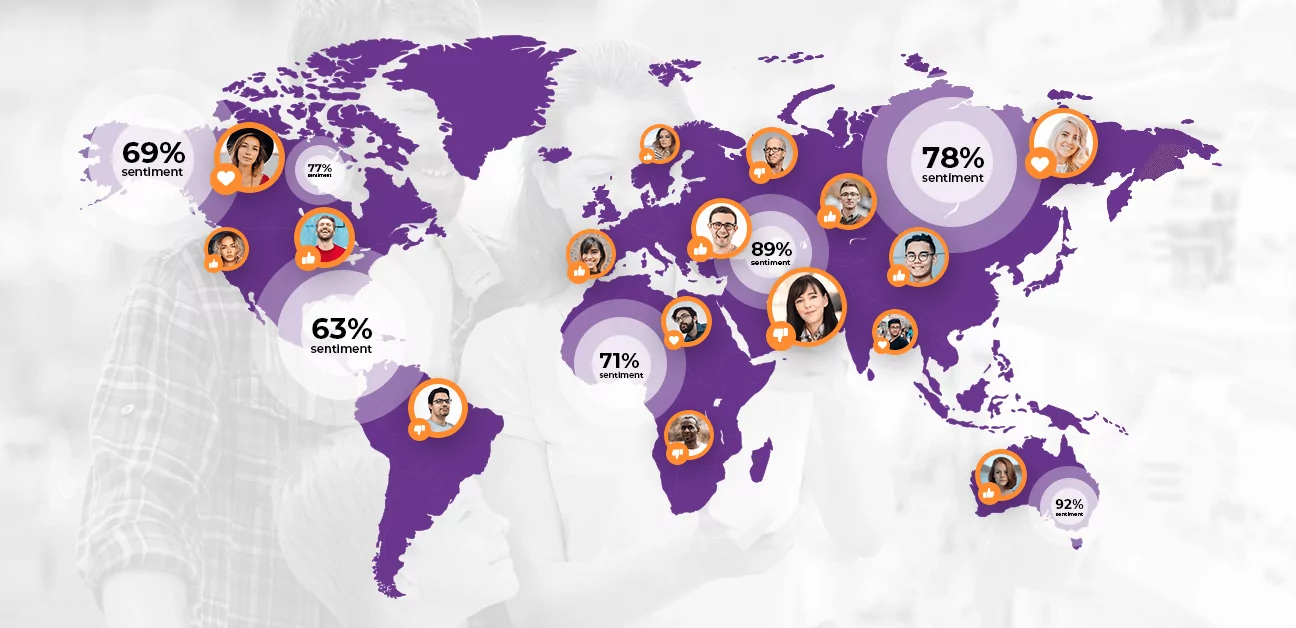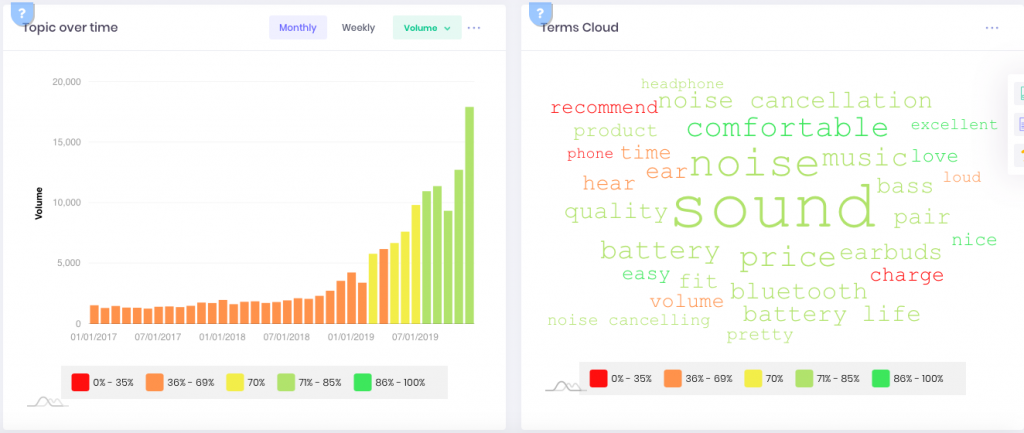Know thy customer, and you will be able to please thy customer. When dealing with consumers, information is often lost in the hustle & bustle of everyday dealings. Few are able to fully utilize the signals their customers give in order to reap the rewards. Customer intelligence is aimed at doing just that.
It’s all about data in this age of e-commerce.
Once you have it, you’re working with first-hand accounts of how your customers wish to be treated, what they want to obtain, and how they think these things are to come about.
But data can be tricky to utilize effectively.
First of all, you have to obtain it. And not in any fishy manners if you want to build trust with your customers.
Secondly, the information provided by customers won’t be in a set format that’s easy to collate, making it difficult and time-consuming to process.
Finally, it’s very easy for these pieces of information to slip through the cracks and get lost, never making their way to the people who would be able to use them.
So, once you have this data, how do you go about using this valuable resource? The secret lies in the art of customer intelligence.
What is customer intelligence?
Customer intelligence is a catch-all term for analyzing customer data in order to find new ways to conform your business to their wants & needs.
While this might sound simple, it’s actually difficult in practice to achieve such an analysis due to the fact that consumers have different preferences.
Think of it like making coffee just the way someone likes it.
Sure, there are common factors between all of the cups you might make – coffee, milk, sugar, etc. – but there will be subtle differences that make the difference between a good cup of coffee and a great one. ☕
Customer intelligence can factor in those needs when potential customers approach you and vice versa.
It takes into account various data points such as age, location, habits, and more so that you can work with customers on an individual level. It means using all of the different combinations of these that might crop up when dealing with customers.
It’s no exaggeration to say that this is enough data to give anyone a headache!

As a consequence, utilizing customer intelligence is always done with the help of specialized software. It’s simply too much data for a human to process by hand in any useful amount of time.
Why is customer intelligence important?
In the age of the internet, and even more so following the onset of the COVID-19 pandemic, e-commerce has become more and more personalized.
It’s no secret that customers expect a personalized experience when dealing with a repeat seller, as 59% of them admit that it has an impact on their purchase decisions.
The customer experience has become increasingly relevant over the past few decades, with consumers following their hearts instead of cold numbers.
Many will even select an objectively inferior product or service if they deem the experience they have with the seller to be more pleasant. After all, customers cite bad experiences as their number one reason for switching brands or providers.
And how do you provide good experiences? By understanding their individual desires.
What can customer intelligence do for you?
After talking about how emotions are so crucial to business, it’s time to get down to some cold hard facts (I love my coffee with a hint of irony).
As mentioned, improving the customer experience is an excellent idea that will boost your bottom line.
In the next section, we dive into the details of how customer intelligence makes it possible. While more strategies exist, the ones we’ll lay out definitely pack the biggest punch. ????
Cross-selling & up-selling
It’s often quite rare for people to go to a shop for a single item and actually walk away with only that item.
There are just so many good deals that you can see, and you just have to try them out, right?
Online, things are different.
You can’t see the entire store out of the corner of your eye like you can in a brick-and-mortar location.
In fact, you’ll often only visit those pages directly relevant to the single item you’re looking for.
So, how do you show off your wares? Cross-selling and up-selling.
They’re both methods of encouraging customers to view items other than the one they specifically came to your site for, with cross-selling being concerned with complimentary products and up-selling with upgraded ones.
Essentially, they’re a means of getting a customer to want to spend more.
These can be done through advertisement banners, recommended product sections, and by related product sections on product pages.
The catch? Items often have multiple uses and reasons behind purchases, meaning you won’t necessarily know why an individual is after a certain product.
This makes cross-selling and up-selling a bit less effective.
But with customer intelligence at your disposal, you’ll have the information you need to nudge individuals toward their next purchase.
For example, a customer may purchase a DDR2 piece of RAM, a common computer part.
They might be after it because it’s what they currently have and need a replacement, in which case advising the DDR3 as an up-sell is valid.
Or, they might be working with a legacy computer, one not compatible with DDR3, in which case it wouldn’t be.
If you know which one is the case, you know which action to take.
Below you’ll see a great example of how Amazon utilizes cross-selling.
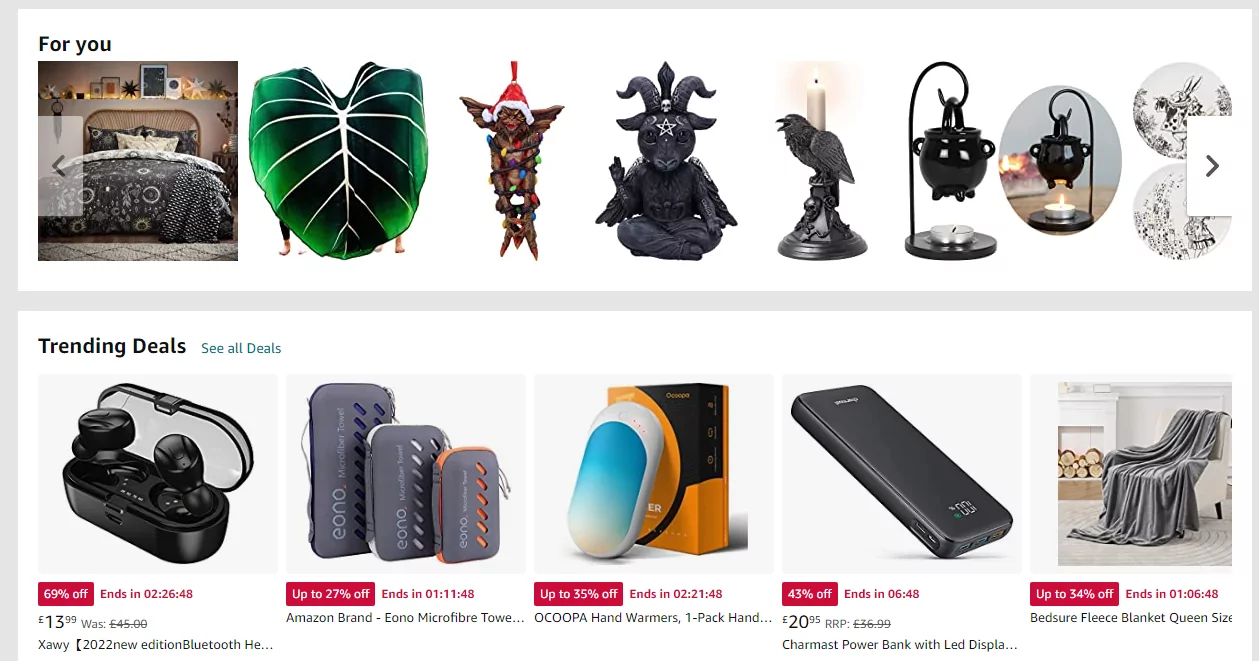
Amazon offers both a “for you” section as well as one on trending deals. You can clearly see a theme across the top row of items, showing its effectiveness at showcasing an individual’s tastes.
This dual-focus method ensures that while general items that are enjoyed by many are not ignored when it comes to cross-selling, the individual is also acknowledged.
Customer retention
Consumers have changed the way they operate in recent years, being more willing than ever to switch brands or providers over minor disagreements or small mistakes.
One of the biggest changes we saw was the rise of e-commerce transactions, with people turning more and more to ordering products online.
This makes the e-commerce customer experience critical for driving revenue. If your layout is confusing and the infrastructure is ancient, users will quickly become frustrated. And when that happens, they will easily leave your site in favor of another.
Seems plausible, right? When emotions run high, decisions are made that otherwise might not have been.
There’s a very real possibility that customers will leave your website if they don’t get the personalized, easy-to-use experience they want. When they do, that’s another customer lost.
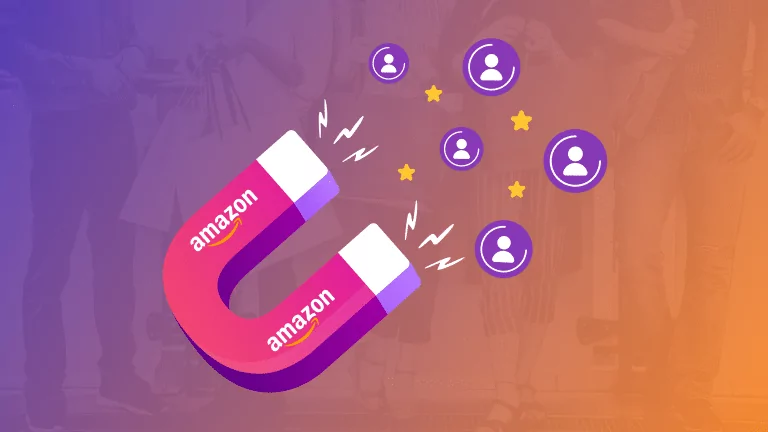
And perhaps worse than just another purchase lost, it may be an existing customer that’s not coming back.
Low customer retention is one of the most damning factors when it comes to e-commerce profits, simply because customers cost much more to obtain than they do to keep.
While customer intelligence won’t solve your infrastructure issues, it will help improve other aspects of the customer experience immensely. With all that information you possess, you’re able to highly personalize the experiences each individual has to a great degree. Be it specific items or even your site’s layout.
Given a choice between these two options:
- A simple cookie-cutter website that’s rigid and confusing.
- A personalized experience on a website that responds to the way you use it and makes itself easier to navigate.
Which would you pick?
Channel analytics
When you’re running an e-commerce business, you’re often operating across multiple channels of communication. It’s not enough to simply use one social media platform, for example, as you’ll miss out on selling to those who use others.
But what works on one platform won’t necessarily work on the others. Not just because they operate differently but due to the audience that frequents each channel.
With customer intelligence on your side, you can not only measure customer behavior on an individual level but apply these principles to the different channels of communication you work with.
After all, if you have data on the individuals, it’s not hard to lump those together for group analysis.
Then, you’re able to easily translate the customer intelligence data into a form that applies to the individual channels and analyze it accordingly.
This can give you information on:
- Different customer behaviors by channel.
- Effectiveness of customer service in each channel.
- How specific customer service tactics work with each channel.
- Your ROI for each channel.
- Sales tactic effectiveness by channel.
Useful, right? You can even use the information you gain from this analysis to determine whether or not it’s worth keeping a channel of communication open.
You might be thinking, why don’t I just perform an analysis on each channel? Surely that’s just as effective?
Well, yes and no.
You see, you can always use individual data as building blocks to create channel data, but you can’t do it the other way around.
This means that if you want to see how demographics affect each channel, you’d have to factor that into your data collection methods.
While that might seem like common sense, sometimes you’ll only think of analyzing a factor after the fact, meaning you’d need to do the whole data collection part all over again.
All-in-all, customer intelligence can always build up to a bigger picture, which is one of its most useful traits.
Optimization & cost-effectiveness
This one follows on from both customer retention & channel analytics, but it’s also its own thing, so a separate title is due.
On the surface level, increased customer retention means lower costs, and channel analytics means that you can optimize your approaches to each channel.
But it goes deeper than that.
When you deal with customers on the individual level, you’ll need to provide individual experiences. Customer intelligence lets you gain the information you need to provide this in a very short time frame, meaning you don’t waste time and money on ineffective techniques.
Overall, the information that customer intelligence provides means that every aspect of your organization can be streamlined, improved, and cut back when necessary. It cuts right to the heart of what customers want, which is the essence of e-commerce.
Brand loyalty
Loyal customers are hard to come by, but they’re well worth the effort to maintain.
In addition to the retention benefits mentioned above, loyal customers will act as advocates for your brand. It’s like having your own organic advertising department, except it’s free!
So, what do brand loyalty and brand equity have to do with customer intelligence?
The thing about loyalty is that it doesn’t just come overnight. You need to perform consistently well in order to build up loyalty.
While in face-to-face transactions, you can usually tell how the customer reacts to specific methods and adjust accordingly, you have no point of reference as to how to best approach a customer online.
So, how do you choose the best approach? Well, with customer intelligence, you can make educated guesses using an individual’s data.
This approach won’t be accurate in the beginning, however as time goes on and you gather more data on an individual, you will be able to adjust your approaches more effectively.
You might be thinking that this sounds like developing a relationship with that individual, and you’d be right. It’s simply done via software, as no human could ever keep up with that many individuals at once.
More effective approaches = more customer satisfaction = more loyalty.
The types of customer intelligence data
Generally speaking, customer intelligence data falls into two types, internal and external. The latter branches out into several other sub-types, but it’s quite straightforward and well worth familiarizing yourself with them.
It’s important to note from the get-go that both internal and external types of customer intelligence mix zero, first, and third-party data.
This means we recommend using both forms to gather as much relevant data as possible, especially as zero and first-party data becomes more and more precious with privacy concerns going up in recent years.
Internal customer intelligence
Internal data is the blanket term used to cover anything generated within your organization.
You can obtain internal data from your databases, point-of-sale systems, etc. The data that you receive from this won’t necessarily be different from that obtained externally, but it can be considered more organic and representative of a person’s true feelings than the data generated by prompted methods.
This data is the data that you don’t have to go out of your way to collect. It’s data that you’ve naturally picked up over the course of an individual’s interactions with you.
External customer intelligence
External data is what you get when you specifically gather customer intelligence data.
This data can be obtained via survey, from cookies, information that a user has been prompted to give to you, etc.
This data is often the more useful of the two types as it fills in the gaps and lets you see why certain methods are preferred, certain lines of communication are more used, etc.
You can split externally-gathered customer intelligence data into three types, personal, geographic, and attitudinal.
Personal data
Personal data is all about demographics. That can mean:
- Age.
- Career.
- Disability status.
- Education level.
- Gender.
- Income.
- Marital status.
- Religion.
All of this is incredibly useful when trying to personalize the experiences you can provide, not the least to avoid making irrelevant or even downright unhelpful changes.
There are many ways in which personalization can go wrong, but the more personal information you have, the greater your chances of making it go right.
Geographic data
This covers anything to do with location. It lets you know roughly where a person is when they buy from you.
Why is this important information? Surely when working online it’s all the same, right?
Well, no.
Certain tactics and strategies might work well in an urban environment but not in a rural one. Why? Because the people who live in these different places think in different ways.
Different environments create different experiences, which in turn means different habits are developed. While not exactly the same, there will be rough similarities in how people who live in the same city might behave online.
Similarly, there are probably differences between cities, states, and countries that need to be accounted for when drawing up plans.
Different geographies can also mean different delivery times, languages, tones, and more.
Attitudinal data
Attitudinal data is a little trickier to quantify, as it can change over time.
Effectively, it consists of any information on how an individual perceives your brand and the general emotions they feel towards it.
A useful tactic to gather such data is by going through review data.
This gives you a direct line to the voice of the customer, helping you understand strengths, weaknesses, opportunities, and (what’s the T for swot?)
To complement the review data, you can conduct other market research methods like surveys, questionnaires, and focus groups. These can help you get a more rounded picture of attitudinal data.
The process of utilizing customer intelligence: 5 steps to follow
It’s time to get down and dirty.
When trying to utilize customer intelligence, there are five key steps that need to be taken. It’s important to keep these steps in order and not miss any out, as they’re all necessary to obtain a complete picture.
Keep in mind, however, that you can always cycle back a step if your data is confusing. If it’s hard to analyze, hard to decide what to do with, etc., you might just need more data or data from a different source.
Before we begin going over the steps, though, a brief disclaimer.
Customer intelligence is highly contextual, meaning that when you’re performing it you absolutely need to have your aims in mind.
You can’t just perform customer intelligence for the sake of it, as the algorithms and data collection methods will differ depending on what area of the customer experience you’re trying to take a look at.
That said, let’s begin.
???? Step 1: Sourcing
The first step in the process is to choose your sources.
While each source that you could draw from will give some amount of similar data, there are distinct differences between how they operate and what data you can obtain from them.
You can split sources into three types: transactional, behavioral, and psychographic. We’ll talk a little more about them later on.
???? Step 2: Collection
The second step is data collection.
Once you have your sources, you need to collect data from them. This can be done via website monitoring, heat maps, surveys, and more.
The data collection methods you should use are heavily dependent on the type of source you’re drawing from, so keep that in mind.
???? Step 3: Categorization
Next, you need to categorize your data.
This step is usually done while keeping the different facets of your organization in mind. If you’re looking to improve a specific area of your business, you should place the most weight on the relevant data.
Data can fall into the following categories:
- Direct feedback, such as reviews & ratings.
- Indirect feedback, such as comments & chatter.
- Inferred feedback, such as history, cookies, and location-based data.
Direct feedback can be seen as a reflection of the customer experience, meaning it’s up to the marketing & customer service departments to use.
Indirect feedback is more broad but generally valuable for marketing & product testing departments.
Inferred feedback is all about website data, so it’s the domain of your dev team & design team.
All of these categories contain useful information, but some are more useful in specific contexts than others.
???? Step 4: Analysis
Once your data is all sorted into neat little packages, it’s time to analyze it.
This step is where customer intelligence software packages really shine. It’s one thing to know how to analyze data in theory, but a whole other ballpark to actually perform it.
Some common analyses methods that come pre-programmed include:
- Customer lifetime value predictions.
- Customer behavior modeling.
- Predictive customer analysis.
- Dynamic micro-segmentation.
- Actionable insights.
- Customer persona modeling.
- One-to-one insight generation.
By using these pre-existing software packages, you’ll save yourself countless hours of hard work. We’ll discuss some of the platforms to generate customer intelligence available later on, as well as their features, advantages & disadvantages.
???? Step 5: Taking action
Finally, once your data has been analyzed, you need to take action.
This step is the crucial one where a lot of customer intelligence strategies fall apart. You see, in order to take action on your data, you need to be able to use the methods necessary to utilize it most efficiently.
Whether this is integrating new software into your website, adding this information to customer journey maps & workflows, or even altering your marketing campaign approaches entirely to account for different responses, you need to commit to these changes if you plan to get the most out of your data.
Change is scary, we can all agree on that, and many businesses would rather stick with tried and true methods than take a chance on something that may or may not work.
So why should you act on customer intelligence? Why should you risk your profit margins?
Simply put, if you’re thinking of these actions as entirely new strategies, you need to reframe your perspective on them.
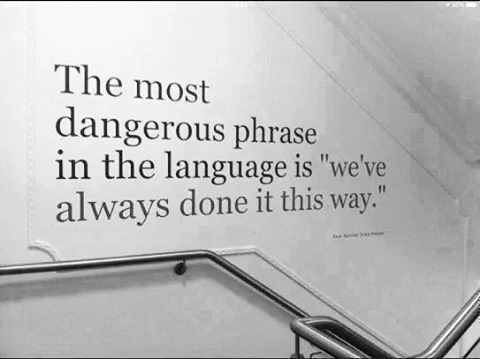
Customer intelligence isn’t about telling you what to do. It’s about finding out what you already do, to some degree at least, that is the most effective.
When taking action, you’re not altering your direction, merely refining it.
You can use customer intelligence to measure responses to new methods, that’s true, but the information you gain is useful in all aspects of your organization.
What are the sources of customer intelligence?
As mentioned above, the different sources of your data will grant you different information on customer behavior.
Selecting your sources is the first step in the customer intelligence process, and making that selection depends heavily on what you’re trying to achieve.
So, what are the types, then? Well, they generally fall into three types, transactional, behavioral, and psychographic.
Transactional
Transactional data is all about purchase history.
Think back to the last few times you’ve ordered items online. There are probably several of those items that fit a trend or are even repeat purchases. Sound about right?
Purchases rarely take place in a vacuum, and what you buy today is likely going to have an impact on what you buy in the future.
In the same way, what customers have bought from you in the past will show trends that can indicate what they might want to buy next. Using these, you can tailor your recommendations, discounts, etc., to each individual’s tastes.
If you received a discount offer for a product you were thinking of buying in the future anyway, wouldn’t that tempt you to go through with it?
Behavioral
Behavioral data is concerned with customer behavior. In the realm of e-commerce, that translates to how they behave while using your website, emails, app, etc.
Now, you might be thinking, is it possible to track these factors? Well, yes.
With emails, I recommend tracking mostly clicks rather than opens. Clicks are a strong indicator of subscribers’ intentions, while opens are much weaker ones. Further, with Apple MPP causing inaccurate open data, it’s best not to rely on this metric as it can lead you to false conclusions.
On your website and app, you can track various metrics such as time on page, viewed products, abandoned pages, and much more. In fact, there’s so much data readily available that it’s best to hone in on your goals before diving into them.
Psychographic
Psychographic data is about customer intentions.
You can think of it as the underlying reasons behind purchases and what encourages someone to buy certain products.
You can get psychographic data in two ways.
First, there is the direct route where you simply ask them. Customer surveys, questionnaires, preference centers, and reading reviews all fall into this category.
Remember though, while customers are mostly honest when filling out these forms, they may not remember or even be aware of the full story. Thus, treat these answers wisely.
Secondly, there are indirect indications that can inform you about customer intentions.
Transactional & behavioral data are often the sources that lead to this type of psychographic data, as what they show allows you to infer factors that otherwise might have been missed.
To give an easy example, imagine you’ve just received an order for some hockey equipment. It can be described as:
- Good quality.
- All bright red or white.
- Dispatched to New York.
These facts alone don’t tell you much about why the customer purchased these particular items. However, when you take a look at their purchase history, you find that a previous order was dispatched to Detroit.
Taken together, these two factors indicate that this person might be a fan of the Detroit Red Wings and was motivated to buy these particular items as they resemble the team’s uniform.
Indirectly obtained information can be wrong sometimes, as there can be factors that appear together simply by coincidence. When dealing with a customer for whom you have little information, this is expected, and you can adjust your software accordingly.
As time goes on and more evidence is gathered, you can relax and become more confident in your deductions.
After all, if it walks like a duck, swims like a duck, and quacks like a duck, it’s probably a duck. ????
Customer intelligence platforms to help you understand up from down
The customer intelligence platform you should use will largely depend on what you intend to do with it.
Some are built for large-scale enterprises, some smaller, and some scale. There are also key differences in how each platform operates, with some being better than others at certain tasks.
As you can see in the below chart from SoftwareReviews, users of each platform rate them differently in two different yet equally important aspects, features & vendor experience.

Overall, you should look carefully at each option before you decide, but let’s go through some of the more commonly used ones and assess their capabilities.
Revuze
Not to toot our own horn, but the Revuze platform does a stellar job at gathering and analyzing data, providing you with easy-to-understand reports and insights.
Not only that, it does everything in real-time and in a couple of clicks.
This means that you can respond to customers’ needs and demands swiftly, allowing you to gain a crucial advantage over competitors.
But don’t take my word for it.
Our recent case study with Georgia-based grill innovator Char-Broil tells that story much better.
Adobe Analytics
Adobe Analytics, a part of the Adobe Experience Cloud, has the ability to interface with all other pieces of software within the Cloud. In particular, the AI-powered Adobe Target.
The downside? Like most Adobe products, it’s difficult to interface with software from other providers, so if you already use these, you’ll need to build an interfacing program to translate between the two.
Gavagai Explorer
Gavagai Explorer’s text analytics boasts multilingual features, quite useful for those working across borders.
It also boasts an API that allows for interfacing with third-party platforms, notably Slack, SurveyMonkey & Zendesk.
Pricing starts at $130 per month, with a limitation of 20 ongoing projects per user.
Graphext
Graphext is a Spanish company that supports six languages in its main version, with another four being in beta versions.
Their seamless translation abilities are particularly useful for those wanting to operate in Europe, Latin America, and South America, as English, Spanish & Portuguese are among the languages that have been fully developed.
Users have noted that Graphext is cloud-based and limited to small or medium businesses due to its capacity limits. The platform is also available to individuals for small use with zero charges.
The downsides? As a small company, Graphext isn’t able to easily respond to queries, only offering a text-based chat solution currently. They’re also fairly new and thus not well established in terms of API integrations.
Microsoft Dynamics 365
Microsoft Dynamics 365 is a Microsoft product line, so you know it’s going to be able to run on almost any Windows system. It’s also available in both cloud and on-site versions.
Dynamics boasts excellent ratings for usability, good ratings for support, and mixed reviews for its user interface options.
As a Microsoft-provided app, it also boasts the ability to interface with dozens of third-party applications. It speaks the same language as your operating system, after all.
One complication is that Dynamics is not one app but a series of twelve applications. Naturally, these all seamlessly work together. However, for those working on mobile devices, this isn’t ideal.
Optimove
Optimove CI is known for its user-friendly interface, flexibility, and easy learning curve.
As an organization founded in 2009, Optimove has had a long time to refine its processes. It’s known for great database organization abilities, as well as for learning exactly what customers want.
One of their greatest strengths, according to reviewers, is its very visual interface which makes visualizing concepts easy.
Downsides quoted include manual importing of data, issues with integrations, and an inability to delete templates which can quickly leave you swamped in them.
People Pattern
People Pattern comes from a US-based company operating outside of Silicon Valley. It’s rated highly for its data import abilities and its analytics but less highly for support & integrations.
One aspect that sets People Pattern apart from its contemporaries is its highly-rated customization abilities, which users have cited as their main reasons for purchase.
On the flip side, this software is only really useful for small & mid-size businesses or individuals.
Signal CI Platform
Signal’s main pros are all about integration and scalability. That said, ease of use isn’t quite up to standard with some of the other platforms on this list.
Signal CI also suffers from dataset size limitations, making it unideal for larger businesses. It more than makes up for this, however, with its Rules Engine feature that allows for automatic data filtering during collection & segmentation.
Overall, a solid choice for anyone from individuals to medium-sized enterprises.
Takeaways
Customer intelligence can be tricky to get to grips with, but once you’re more familiar, you’ll have access to a wealth of customer information.
Ultimately, customer intelligence in e-commerce is driven by the need to personalize and customize the user experience, lest you be left behind by others who do this more effectively. It’s one thing to know what your data says you need to do and another to actually put that into action.
Fortunately, we’ve recently published an article on that very topic, so check out our complete guide to e-commerce personalization next, so you can put your customer intelligence insights into action!
 All
Articles
All
Articles Email
Analytics
Email
Analytics